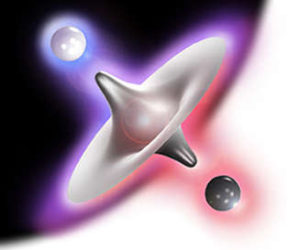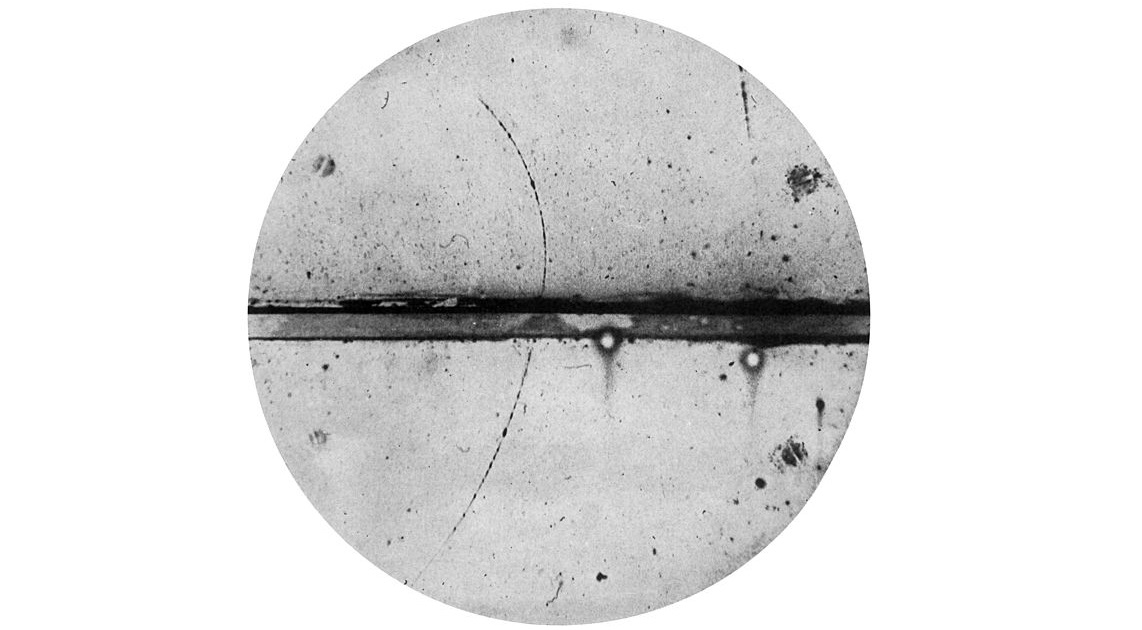Large amounts of antimatter have been detected in the midst of thunderclouds, according to University of New Hampshire physicists who have been working on the problem for several years. The original observation of positron signatures — six years ago when Dr. Joseph Dwyer accidentally flew through several thunderclouds in a research plane – caused the scientists such skepticism that they refrained from publishing their findings.
“Thunderstorms are very strange places that we have only begun to explore,” lead researcher Dwyer, who is also a professor and head of the University of New Hampshire’s Physics and Space Sciences program, told The Speaker.

“The signatures of the positrons were very clear in the data. However, because the observations were so strange, we were hoping that further observations or modeling would give us some insight into what was going on. Eventually, we gave up and decided we needed to publish the observations, even though we couldn’t explain them.“
Familiar to most people, intense electric fields are created within thunder clouds, which producing lighting, but the clouds also create less well-known phenomena such as positrons, a form of antimatter.
Antimatter – composed of antiparticles – is a very rare material because it is annihilated as soon as it encounters the particles of matter.
 “Of course thunderstorms are made up mostly of normal stuff, e.g. water and ice,” explained Dwyer. “Occasionally they can make more exotic particles such as positrons. We are not certain how they manage to do this.”
“Of course thunderstorms are made up mostly of normal stuff, e.g. water and ice,” explained Dwyer. “Occasionally they can make more exotic particles such as positrons. We are not certain how they manage to do this.”
Dwyer’s data shows that thunderclouds produce antimatter, as well as the Y-rays — highly energetic photons — he was studying when he flew his Gulfstream V jet through a group of thunderstorms in 2009.
The pilots of the plane were aiming for what they mistakenly thought was the Georgia coast. When they entered what was actually a line of thunderstorms, the plane rolled back and plunged downwards.
“I was in the back with the instrument,” said Dwyer. “For most of it, I had my eyes closed. When I did look, it was cloud and I couldn’t see very far.”
During the ordeal, the particle detector fitted to the plane picked up Y-ray spikes at an energy of 511 kiloelectronvolts. The energy level is that of the annihilation of antimatter particles.
“These were large enhancements that appeared to happen without the things that we would normally expect to occur, such as gamma rays,” commented Dwyer. “This makes is very hard to explain where the positrons came from.
“The positrons and gamma rays that we recorded make up a very small part of the storm. There are some models, however, that suggest that they may sometimes get numerous enough to discharge the cloud like lightning.”
The team continues to search for answers in fresh data collection. Scientists are sending balloons into storms to collect data. Additionally, the US National Science Foundation is planning to send an anti-tank tough A-10 Warthog into such storms.
By Sid Douglas
